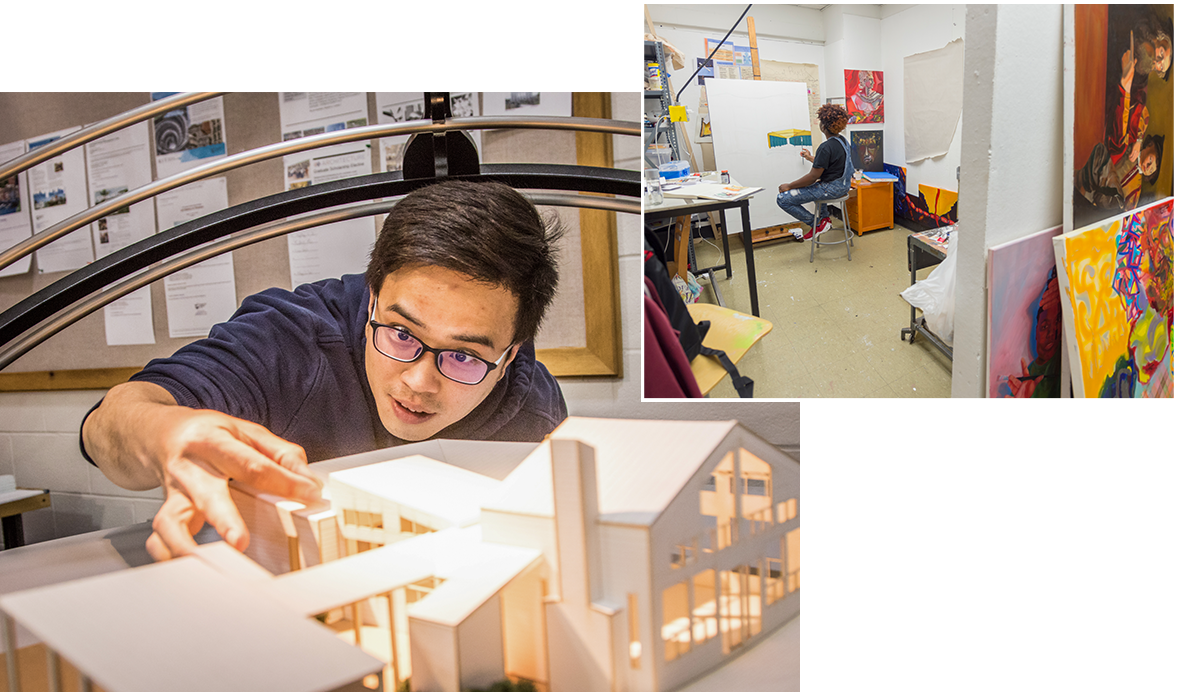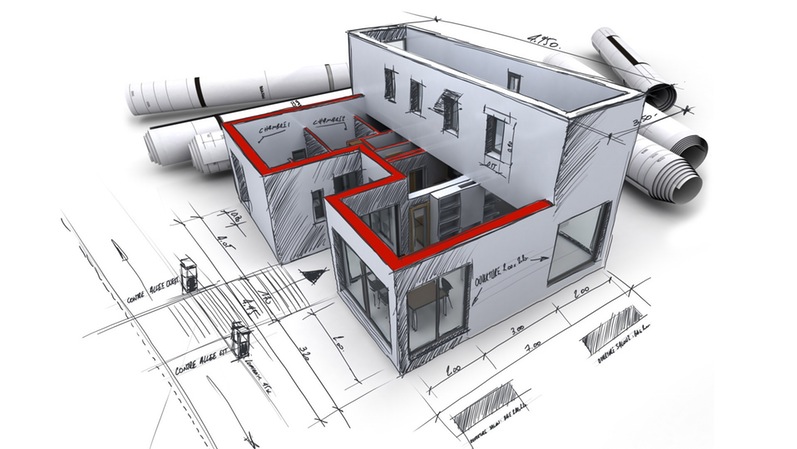A Detailed Summary of Building Designs and Their Influence on Modern City Planning and Advancement
Building designs have long served as a mirror to the social values and technological innovations of their time, playing an essential duty in forming modern city preparation and advancement. From the majesty of Neoclassicism to the utilitarian method of Brutalism, each style has presented distinct concepts that influence metropolitan visual appeals and performance.
Historic Summary of Architectural Designs
Throughout background, architectural designs have actually progressed in feedback to social, technical, and ecological variables. Each duration reflects the dominating values, ideas, and advancements of its time, bring about an abundant tapestry of style that indicates human imagination and adjustment. The old worlds, such as the Egyptians and Greeks, established foundational designs that highlighted symmetry and percentage, offering both useful and visual objectives.
As societies transitioned through the Center Ages, Gothic architecture emerged, characterized by its verticality and elaborate describing, mirroring the spiritual aspirations of the period. The Renaissance noted a resurgence of timeless ideals, combining art and architecture in innovative manner ins which affected subsequent styles across Europe.
The Industrial Change introduced new materials and construction strategies, motivating activities like Innovation, which tested typical types and embraced simplicity and functionality. The 20th century saw a diversity of styles, with Postmodernism reacting versus the raw minimalism of its predecessor, including historic references and eclectic aspects.
Today, architectural styles remain to evolve, driven by globalization and sustainability worries, reflecting a dynamic interaction in between heritage and advancement. This historic summary highlights the value of style as a mirror of social advancement and as a driver for city development.
Trick Architectural Styles Explained
The variety of building designs mirrors the myriad impacts that shape our constructed setting, each personifying distinct characteristics and cultural significances. Secret architectural styles consist of Timeless, Gothic, Baroque, Modernism, and Postmodernism, each representing special historic contexts and aesthetic viewpoints.
Classical architecture, rooted in ancient Greece and Rome, stresses symmetry, proportion, and the use of columns. On the other hand, Gothic design, growing between Ages, is defined by sharp arcs, ribbed vaults, and flying buttresses, creating an angelic top quality in sanctuaries. Baroque design, emerging in the 17th century, is marked by majesty, sophisticated ornamentation, and a vibrant interaction of light and shadow.

Comprehending these designs provides understanding right into the social stories and technological improvements of their corresponding periods, highlighting how design serves not equally as a shelter, yet as a representation of societal worths and ambitions.
Effect On Urban Preparation
In shaping the development of cities, architectural designs dramatically affect city planning decisions. The option of architectural style typically determines the visual appeals, performance, and total personality of metropolitan atmospheres.
Additionally, building designs can influence zoning guidelines and land use plans. Urban coordinators have to take into consideration the dominating building trends when making districts, guaranteeing that new developments integrate with existing frameworks. This factor to consider promotes natural metropolitan landscapes and enhances area identification.
The implementation of particular building styles can additionally influence socioeconomic elements within a city. For example, premium modern styles may draw in wealthy homeowners and organizations, leading to gentrification, while extra inexpensive real estate solutions might prioritize useful and lasting layouts to accommodate varied populaces. Ultimately, the interaction between building designs and visit urban planning develops vibrant cities that show both historical context and contemporary requirements, forming the lived experiences of their occupants.
Sustainability and Modern Design
Building styles play a pivotal function in attending to modern challenges, particularly in the world of sustainability. As urban areas expand and environmental worries increase, modern-day style increasingly accepts lasting layout concepts that focus on energy effectiveness, resource conservation, and minimal ecological effect.
Contemporary architectural movements, such as biophilic layout and eco-friendly style, supporter for frameworks that integrate with their surroundings, making use of natural products and advertising biodiversity - cda architects. These designs typically integrate renewable energy sources, such as photovoltaic panels and wind generators, to reduce dependence on nonrenewable fuel sources and reduced carbon footprints
Moreover, the combination of advanced modern technologies, such as clever building systems, improves power management, get more enhancing source usage while ensuring occupant convenience. Cutting-edge water monitoring techniques, including rain harvesting and greywater recycling, further add to sustainable metropolitan environments.
Significantly, sustainability prolongs beyond environmental issues; it includes social and economic measurements too. By promoting community wellness and advertising inclusivity, modern-day architectural designs straighten with sustainable advancement objectives. As a result, the development of building practices proceeds to shape resilient cities check this that not just fulfill the requirements of the existing but likewise secure the future for generations ahead.
Neighborhood Interaction in Layout
Area engagement in layout acts as a crucial bridge between designers and the populaces they serve, guaranteeing that the built atmosphere shows the requirements and desires of its individuals. This collaborative procedure invites neighborhood participants to add their insights and preferences, promoting a feeling of ownership and obligation toward the areas they occupy.
Efficient area interaction uses different approaches, such as workshops, studies, and public discussion forums, to collect varied viewpoints (cda architects). These strategies assist in a two-way discussion, allowing architects to comprehend local contexts while encouraging residents to articulate their issues and desires. This inclusivity not just enhances the layout high quality yet additionally promotes social equity by attending to the one-of-a-kind difficulties dealt with by marginalized teams

Conclusion
Architectural designs have profoundly affected modern city planning and advancement, reflecting progressing social and technical contexts. The combination of historic looks with contemporary needs promotes urban atmospheres that focus on sustainability and neighborhood interaction. As cities proceed to expand and adjust, the ongoing discussion between architectural heritage and modern style concepts will certainly remain crucial in creating comprehensive, lively rooms that improve lifestyle and promote social equity. The future of metropolitan development depend upon this harmonious balance.